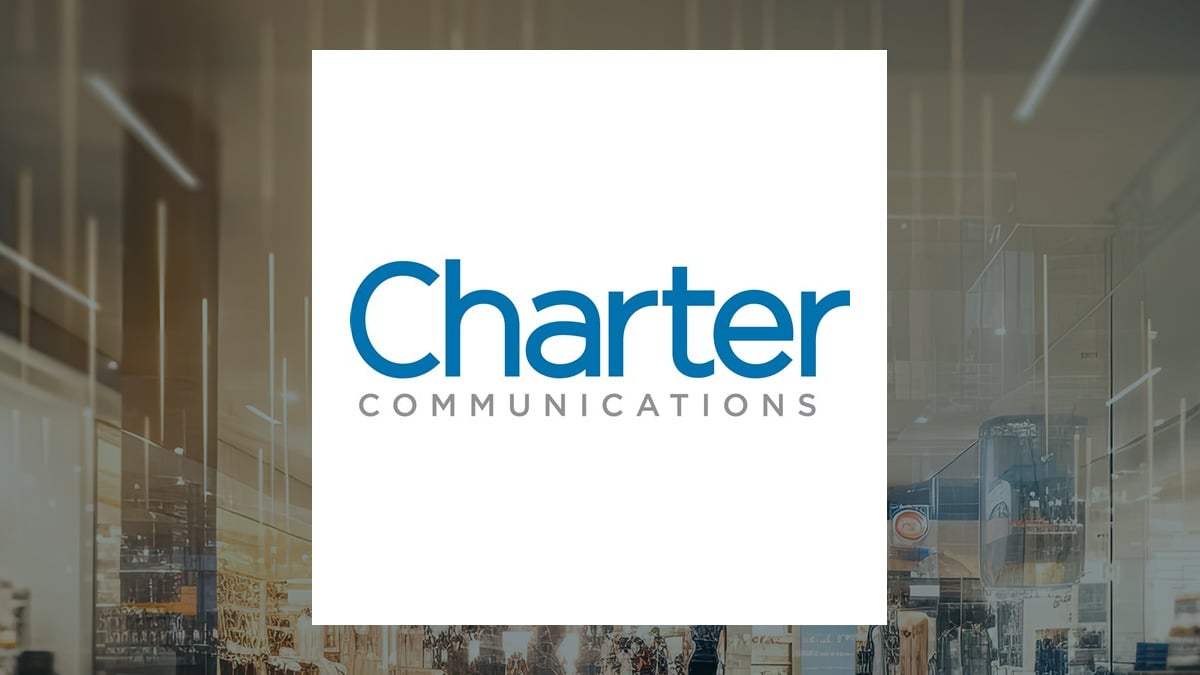 Charter Communications, Inc. has seen revenue growth driven by mobile services, Internet, and advertising sales. Operating expenses have increased slightly, with programming costs being the primary expense. Management focuses on innovation and cost control, despite aggressive competition. Key performance metrics remain stable, aligning with long-term goals. External risks include regulatory issues and cybersecurity threats. CHTR emphasizes diversity and sustainability in its governance practices. Forward guidance emphasizes the importance of capital expenditures and offering a variety of services to customers to enhance competitiveness and achieve financial success.
Charter Communications, Inc. has seen revenue growth driven by mobile services, Internet, and advertising sales. Operating expenses have increased slightly, with programming costs being the primary expense. Management focuses on innovation and cost control, despite aggressive competition. Key performance metrics remain stable, aligning with long-term goals. External risks include regulatory issues and cybersecurity threats. CHTR emphasizes diversity and sustainability in its governance practices. Forward guidance emphasizes the importance of capital expenditures and offering a variety of services to customers to enhance competitiveness and achieve financial success.
Executive Summary
Financials
Revenue growth has been primarily driven by an increase in residential mobile service, residential Internet, and advertising sales revenues, partially offset by a decrease in residential video revenue. This trend has been consistent over the past three years. Operating expenses have increased slightly from $8,396 in 2023 to $8,511 in 2024. The cost structures have remained consistent, with programming costs being the primary expense, followed by other costs related to providing various services and content acquisition for sports games. The company’s net income margin is $1,280, which has improved. It is higher than industry peers by $97.
Management Discussion and Analysis
Management has focused on offering a variety of services, innovating, and controlling costs to drive growth and improve profitability. Success has been mixed due to aggressive competition and economic uncertainties. Management assesses the company’s competitive position by considering aggressive competition from various market participants including telephone companies, DBS operators, and wireless providers. They highlight the impact of technological disruptions, regulatory conditions, and the need for innovation to sustain revenue growth. Management identified the risks related to interest rate fluctuations and disclosed that controls and procedures are in place to ensure timely and accurate reporting. No material changes in market risk were reported, providing reasonable assurance in addressing potential challenges.
Key Performance Indicators (KPIs)
Risk Assessment
Top external factors that pose risks to the company include governmental regulations affecting subsidies, competition, and operating flexibility; challenges in hiring and retaining key personnel; difficulties in procuring services and equipment; availability of funds for debt obligations; and compliance with covenants in indentures and credit facilities. CHTR evaluates cybersecurity risks by assessing network disruptions, information system vulnerabilities, and property security. It also focuses on innovation and technology to enhance customer services in a digital business environment. Yes, there are legal issues involving intellectual property infringement and other lawsuits that could impact the company’s financial position and reputation. CHTR is vigorously defending the actions and cannot predict the outcome or potential losses.
Corporate Governance and Sustainability
The composition of the board of directors at Charter Communications, Inc. is not provided in the context information. There are no notable changes in leadership or independence mentioned in the financial report. The company’s governance practices and workforce focus on diversity and inclusion, as seen in its commitment to board diversity. This is evident in the quarterly report, where no material changes in internal control over financial reporting were reported. CHTR Charter Communications, Inc. demonstrates its commitment to responsible business practices through sustainability initiatives and ESG metrics disclosed in its quarterly report. These include environmental proceedings disclosure threshold and formatting financial information in iXBRL.
Forward Guidance
The company’s forward-looking guidance aligns with its strategic initiatives and priorities outlined in the annual report by providing a roadmap for achieving its goals. It addresses potential risks and uncertainties while emphasizing its commitment to achieving financial and operational success. CHTR is factoring in aggressive competition, innovation, and the need for capital expenditures in the telecommunications industry. To capitalize on these trends, it plans to offer a range of services to residential and commercial customers, focusing on Internet, video, voice, mobile, advertising, and other services. CHTR plans to invest in growth opportunities and strategic initiatives to enhance competitiveness, as indicated by words like “opportunity,” “target,” and “potential” in the forward-looking statements.
For more information:
This article was created using artificial intelligence technology from Klickanalytics.
